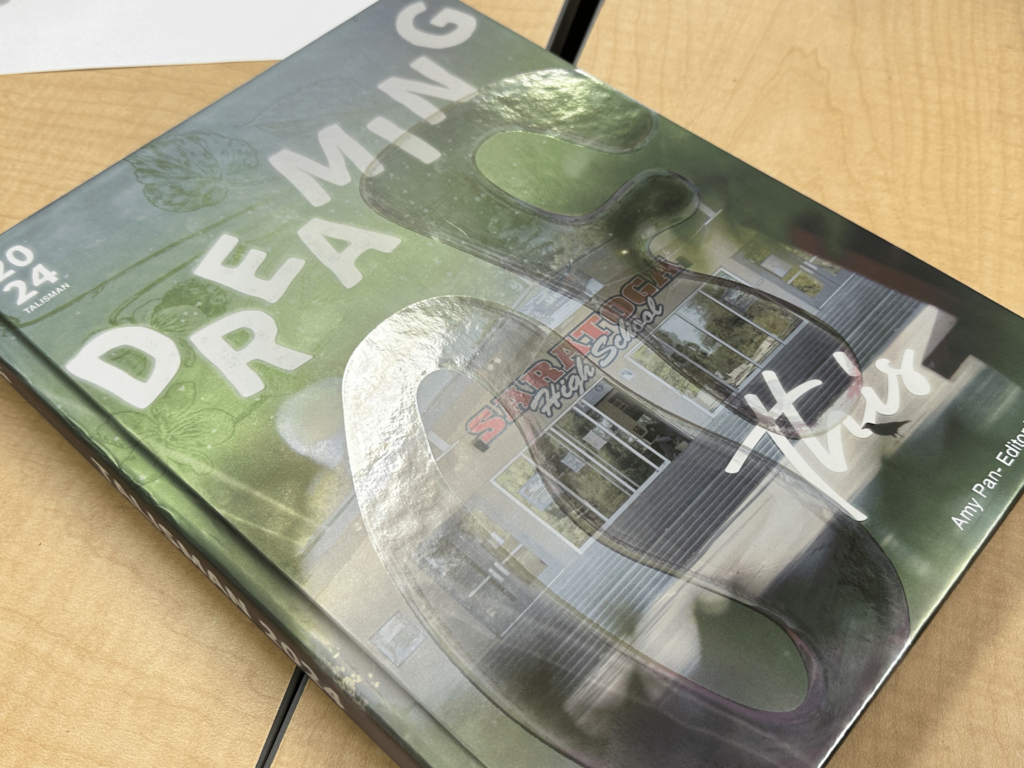The students of history teacher Matt Torrens’ second-period AP US History class walked into the classroom on Dec. 8 anticipating a field trip to the Madronia Cemetery located in downtown Saratoga .
Torrens had planned to take his class to a ceremony remembering the 150-year anniversary of famous abolitionist John Brown’s death, but the students were extremely disappointed to find out that the ceremony had been rescheduled and had already occurred that morning. After some begging by the students, Torrens took his class on a field trip to the cemetery anyway to talk to Saratoga Chamber member Marilyn White, who was in charge of the ceremony .
The ceremony was a symbolic transfer of grave soil between world famous abolitionist John Brown and his wife, Mary Brown. Mary Brown’s grave is in the Saratoga Cemetery and John Brown’s is in Massachusetts. In the ceremony that occurred on Dec. 8, soil from Mary’s grave was taken to Massachusetts and soil from John’s grave was brought to Saratoga and sprinkled near Mary’s grave stone. John Brown was an influential figure who spoke out against slavery during the mid 1800s, and this ceremony was a respectful way to commemorate his actions.
When the students arrived at the grave of Mary Brown, they were greeted by White, who explained the significance of the ceremony that had occurred earlier that morning.
“I learned a lot more from this field trip than I would have in a lecture,” said junior Aditya Dev.
In addition to going to the cemetery, Torrens brought some of it back to his classroom. He was given dirt from John Brown’s grave to have as an artifact to show students in the future.
“[The dirt] was one of the most unique artifacts I have collected,” said Torrens. “Artifacts are how we connect with history.”
Torrens thought that the field trip was an adventure that he hopes his students will remember.
“It was a real opportunity and a very unique experience to have,” said Torrens. “The biggest thing is that [this trip] got students to think that what we learn in the classroom extends beyond the textbook.”


























